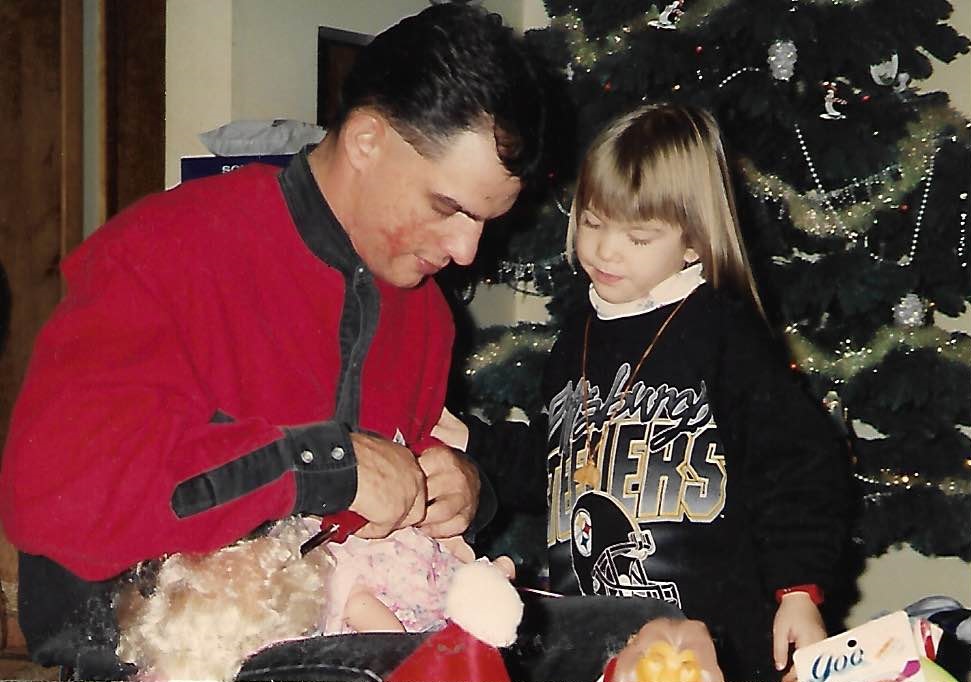Bibliography
Ceci, S., & Bruck, M. (1995). Jeopardy in the courtroom. Washington, DC: American Psychological Association.
An important review of research on children’s testimony, suggestibility in children’s memory, and how to interview children in sex-abuse cases — and how not to interview them. (See also Poole & Lamb, 1998, Investigative Interviews of Children.)
Lilienfeld, S. O.; Lynn, S. J.; & Lohr, J. M. (Eds.) (2003). Science and pseudoscience in clinical psychology. New York: Guilford.
An important collection of articles on the origins and consequences of pseudoscientific practices and assumptions in clinical psychology.
Loftus, Elizabeth (1996). Eyewitness Testimony. Cambridge, MA: Harvard University Press.
Loftus, E. F., & Ketcham, K. (1994). The myth of repressed memory. New York: St. Martin’s.
McNally, R. J. (2005). Remembering trauma. Cambridge, MA: Belknap/Harvard University Press.
This is the most important book summarizing the reasons for the “memory wars” between clinicians and psychological scientists; a thorough review of the research on many of the clinical assumptions about the nature of trauma, memory, and recovery.
Nathan, D., & Snedeker, M. (2001). Satan’s silence: Ritual abuse and the making of a modern American witchhunt. New York: IUniverse.
This superb general-interest book, by an investigative reporter and an appeals lawyer, provides a dramatic and well-documented history of the daycare/ritual abuse panic.
Pendergrast, M. (2017). Memory Warp. Hinesburg, VT: Upper Access, Inc.
Poole, D. A., & Lamb, M. E. (2006). Investigative interviews of children: A guide for helping professionals. Washington, DC: American Psychological Association.
Read, D. J., & Lindsay, D. S. (Eds.) (1997). Recollections of trauma: Scientific evidence and clinical practice. New York: Plenum Press.
Tavris, C., & Aronson, E. (2007). Mistakes were made (but not by me): Why we justify foolish beliefs, bad decisions, and hurtful acts. New York: Harcourt.
Here is a more extensive bibliography from the National Center for Reason and Justice.
